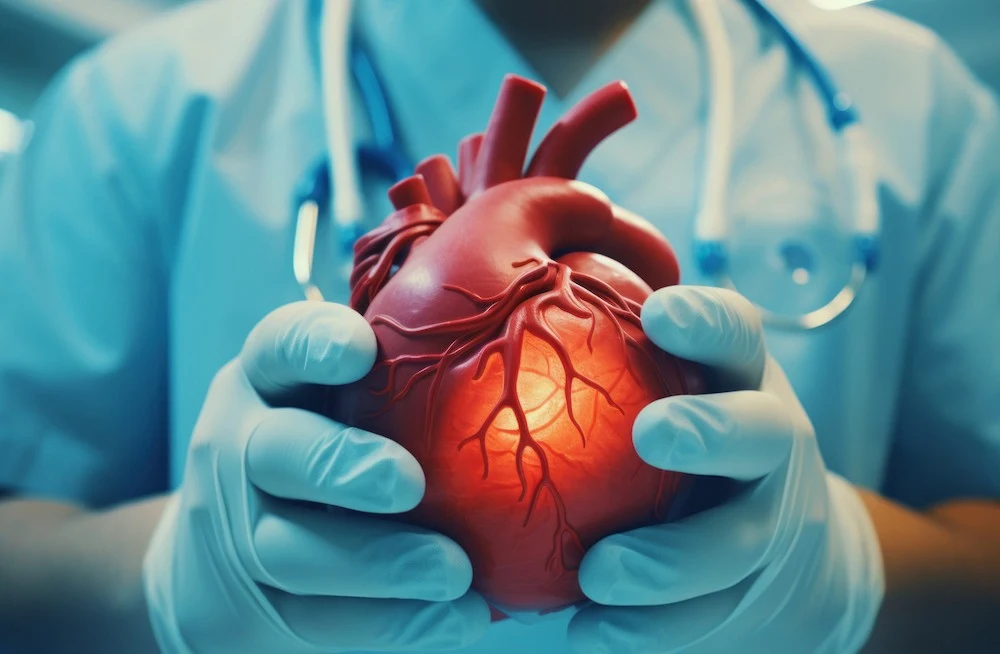Ken Miller of Ferndale, Michigan, has become the first person to undergo a beating heart transplant and one of only a few in the U.S. to have this surgery.
In this groundbreaking procedure, the transplant team at Henry Ford Hospital, led by cardiac and transplant surgeon Dr Kyle Miletic, successfully implanted Miller’s new heart while it was still beating. Just three weeks later, Dr Miletic and his team completed another beating-heart transplant, believed to be the second in the state.
Beating-heart transplant is novel. These two successful surgeries represent a significant advancement in organ transplantation for Henry Ford, the state, and the region, offering hope to many patients awaiting life-saving procedures.
To date, only about 70 beating-heart transplants have been performed in the United States. Beating-heart transplants address a critical issue in cardiac transplantation. Currently, around 3,500 people in the U.S. await a heart transplant. The high demand has driven the medical community to seek innovative approaches to organ transplant and transportation.
Traditionally, a donor heart is stopped, removed, and transported on ice to the transplant hospital. This method limits the heart’s viability and the distance it can travel, reducing the number of organs available for transplantation. However, technological advancements, sometimes referred to as “heart in a box,” allow the heart to be transported while still pumping, increasing the availability of donor organs.
The heart in a box is like a mini heart and lung machine used in traditional open-heart surgery. Surgeons stop the heart at the donor hospital and place it on this machine, which restarts the heart and provides it with blood and nutrients to keep it healthy. This way, the heart never loses its blood supply and keeps beating until it is taken off the device.
The traditional method involves stopping the heart twice, which can weaken it and increase the need for machine support after transplant, leading to longer recovery times. Keeping the heart beating throughout the procedure strengthens the heart muscle, resulting in better patient outcomes.
The team used a technique that allowed the heart to continue beating after being removed from the machine. While still on the device, they placed a tube in the donor heart and connected it to the recipient’s bypass machine. This provided continuous blood flow, so the heart kept beating while they sewed it into the patient. Although this is more challenging than operating on a stopped heart, it results in a stronger heart post-transplant.
In the second beating-heart transplant, the donor heart traveled nearly 2,000 miles and was outside the body for nearly seven hours. The donor heart worked well immediately, and the patient is recovering at Henry Ford Hospital.
Source: Henry Ford Health
Image Credit: iStock






